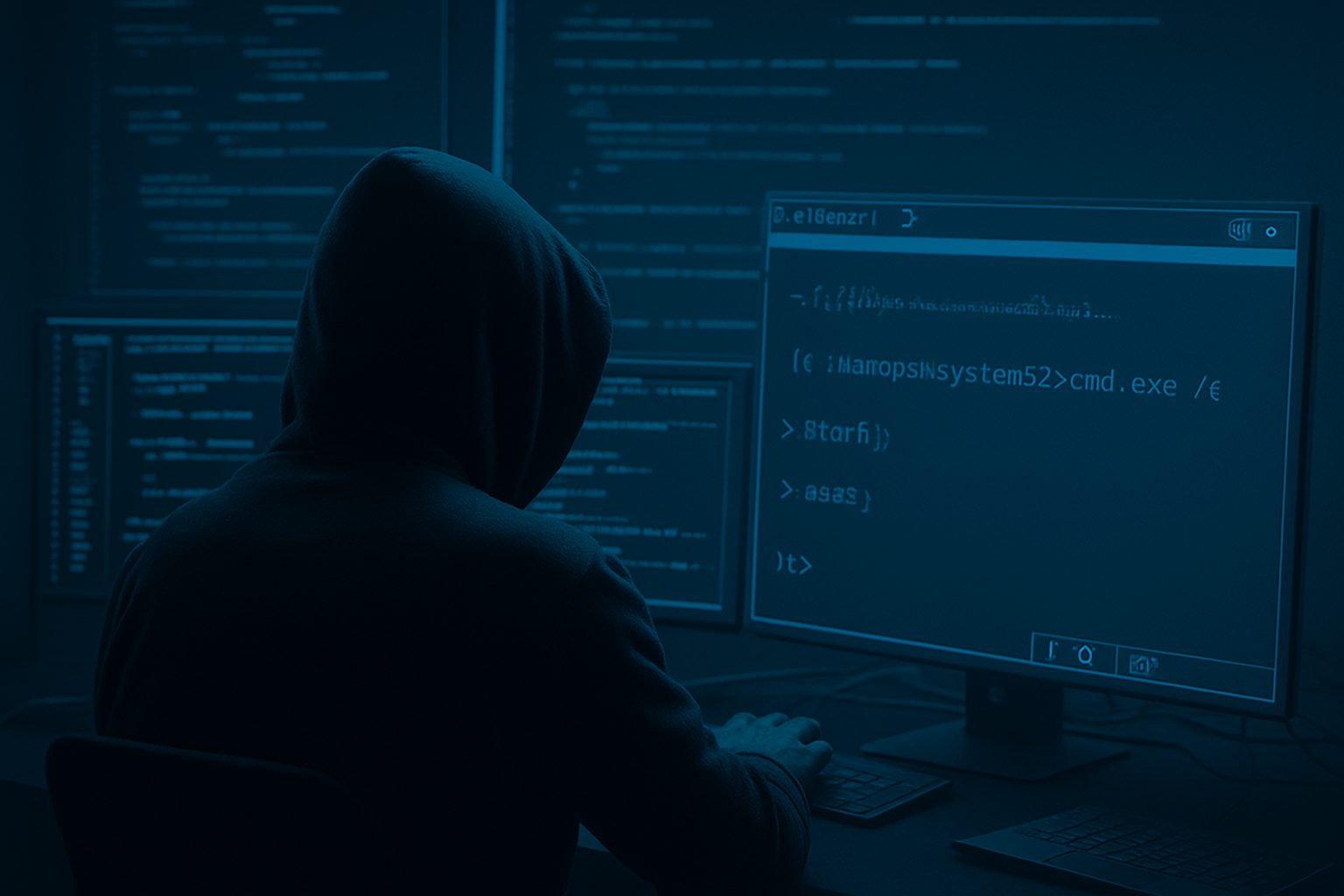LOTL (Living Off The Land)

When the Attacker Uses Your Own Weapons Against You
LOTL (Living Off The Land) is a cyberattack technique that stands out for one unsettling reason: it doesn’t break the rules. Today’s threats operate in the shadows, exploiting what already exists within corporate systems. This is the principle behind one of the most insidious and difficult-to-detect techniques: LOTL – Living Off The Land.
What is LOTL: The Technique That Deceives Defences
LOTL is an attack strategy characterised by its apparent legitimacy. Malicious actors do not install malware or external components — in other words, they leave no obvious traces — but instead use tools already present in the operating system to carry out malicious activities. PowerShell commands, WMI, rundll32, certutil, and other native utilities become silent weapons for lateral movement, credential harvesting, or data exfiltration.
The term has military origins: living off the land means surviving using only what is locally available. In the cyber domain, it means attacking while remaining invisible — an approach that leverages digital camouflage to blend in with legitimate processes.
Why LOTL Remains So Effective
The power of LOTL lies in its ability to appear “normal”. Traditional defences — antivirus software, signature-based SIEMs, or static firewalls — detect nothing unusual, since the attack occurs through legitimate tools.
- A PowerShell command executed by an administrator may look identical to one issued by an attacker.
- An active WMI process could be routine maintenance… or the beginning of data exfiltration.
In hybrid environments where IT, OT, and IoT systems coexist, the problem is amplified. Legacy devices, unsegmented architectures, and lack of visibility create an ideal attack surface.
The Impact on IT, OT, and IoT Environments
The LOTL technique is particularly dangerous in OT and IoT contexts, where:
- Devices do not support agents or security updates.
- Proprietary protocols make monitoring difficult.
- Architectures are not properly segmented or isolated.
In such environments, an attacker can:
- Move laterally using authorised connections
- Exploit unprotected devices to compromise the IT infrastructure.
- Disable or alter physical processes (PLC, SCADA) without ever deploying malware.
How to Defend: The Behavioural Approach
Against LOTL, it is not enough to know what was executed; one must understand how and why.
Best practices include:
- Continuous behavioural analysis: detecting anomalous patterns in the use of legitimate tools.
- Segmentation and Zero Trust: eliminating implicit access, even for administrative tools.
- End-to-end visibility across IT and OT ecosystems: analysing traffic, processes, and data flows.
- Context-based automated responses: immediate containment, even without human intervention.
Agger: The Behavioural Response
- Integrates advanced behavioural detection powered by AI and Machine Learning.
- Monitors legacy and agentless systems alike.
- Detects abnormal use of tools such as PowerShell and WMI.
- Applies automated reactions in zero seconds.
- Ensures operational resilience, even in OT environments where manual intervention is not possible.
With Agger, a LOTL attack can be identified before it produces visible effects, automatically blocked, and correlated with past events to ensure full traceability.
Agger does not merely observe: it reacts, learns, and protects — even in completely isolated or obsolete industrial systems.
Let’s remember: LOTL is not just a sophisticated technique; it is a real threat to all organisations relying solely on traditional security tools.
It is no longer enough to protect. We need resilience.
It is not enough to see the threat. We must understand it in time.
Agger represents the new generation of cyber defence: integrated, autonomous, adaptive.
A concrete response to invisible threats — designed for complex, hybrid, and critical environments.